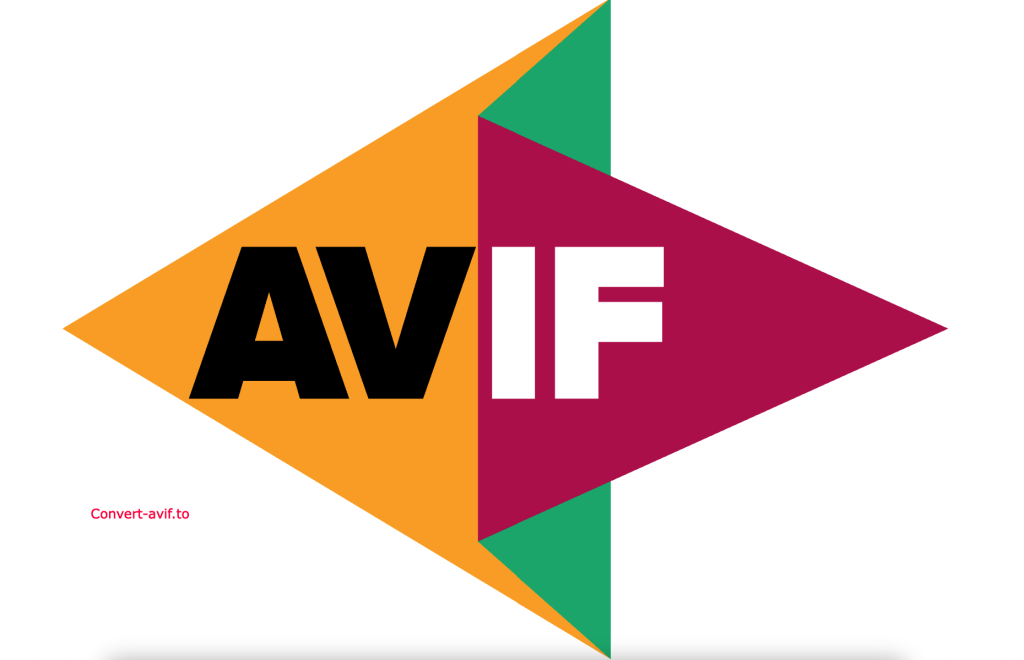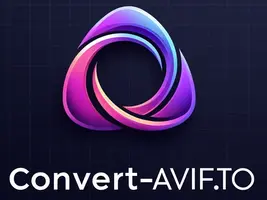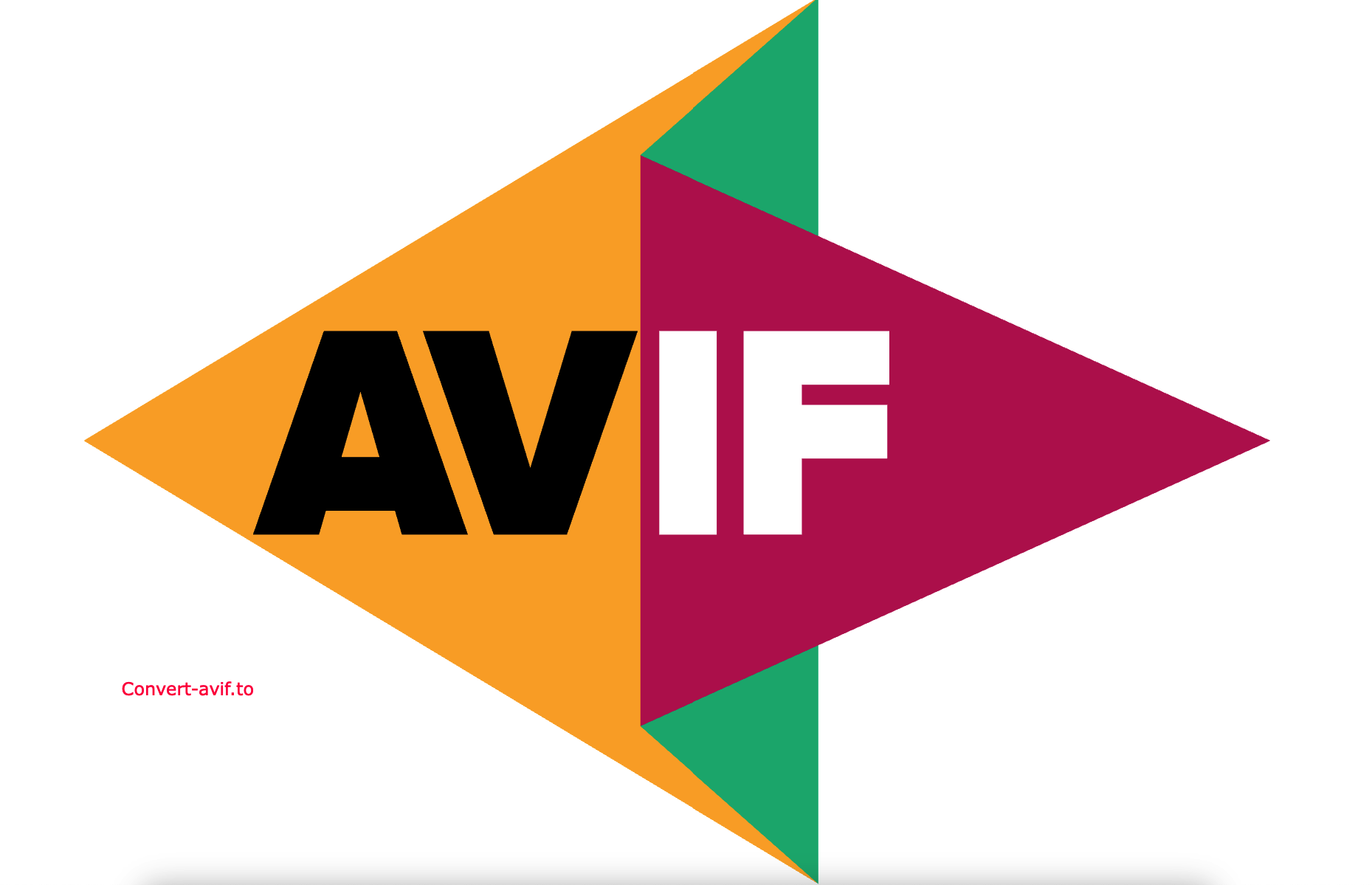In today’s image-heavy digital landscape, the formats we choose for our visual content significantly impact website performance, user experience, and even SEO rankings. Among the newest contenders in the image format arena, AVIF stands out as a revolutionary option that promises to transform how we handle images on the web. This comprehensive guide explores AVIF, its technical foundations, and why it matters for website owners, developers, and content creators.
Introduction
The web has evolved dramatically since the days when JPEG and GIF were the only viable image formats. As websites become increasingly visual and mobile traffic continues to grow, the need for efficient image formats has never been more critical. Enter AVIF (AV1 Image File Format), a modern image format designed to deliver superior compression efficiency without sacrificing visual quality.
Whether you’re a web developer looking to optimize site performance, a content creator concerned about image quality, or simply someone who has encountered AVIF files and needs to convert them, understanding this format is increasingly important in our digital ecosystem.

What is AVIF?
AVIF, short for AV1 Image File Format, is a next-generation image format that emerged in 2019. Developed by the Alliance for Open Media (AOMedia)—a consortium including tech giants like Google, Mozilla, Netflix, Amazon, and Microsoft—AVIF was created as an open, royalty-free alternative to existing image formats.
The format was officially standardized in February 2019 and has since gained significant traction in the web development community. Unlike proprietary formats that may require licensing fees for use, AVIF is entirely open-source, making it an accessible option for developers worldwide.
What sets AVIF apart is its foundation in cutting-edge video compression technology, repurposed for still images to achieve remarkable efficiency.
Technical Foundation of AVIF
AVIF’s technical prowess stems from its underlying components:
AV1 Video Codec: At its core, AVIF uses the AV1 (AOMedia Video 1) codec, which was initially designed for video compression. This advanced codec employs sophisticated algorithms to analyze image content and apply optimal compression techniques for different areas within the same image.
HEIF Container Format: AVIF uses the High Efficiency Image File Format (HEIF) as its container structure. This modern container format provides a flexible framework for storing image data and metadata and supports features like multi-image files and derived images.
This combination of advanced video compression technology with a modern container format gives AVIF significant advantages over legacy formats like JPEG, which was developed in the early 1990s when computing resources and internet bandwidth were far more limited.
Key Features and Benefits
AVIF offers several compelling advantages that make it worth considering for modern web projects:
Superior Compression Efficiency
Perhaps AVIF’s most significant benefit is its remarkable compression efficiency. Studies consistently show that AVIF files are approximately 50% smaller than equivalent JPEG files at similar visual quality. This dramatic reduction in file size directly translates to:
-
Faster page load times
-
Reduced bandwidth consumption
-
Lower storage requirements
-
Improved Core Web Vitals metrics
This efficiency can mean the difference between a visitor staying engaged or bouncing due to slow loading times for image-heavy websites.
High-Quality Visuals
Despite its impressive compression, AVIF maintains excellent visual quality. The format excels at:
-
Preserving sharp edges and fine details
-
Reducing color banding in gradients
-
Minimizing compression artifacts
-
Maintaining clarity even at high compression ratios
The format’s advanced compression algorithms are particularly effective at preserving details in complex images, such as photographs with subtle color variations.
Transparency Support
Unlike JPEG, AVIF supports alpha channel transparency, similar to PNG. This makes it suitable for logos, icons, and other images that need to blend seamlessly with different background colors or patterns.
HDR and Wide Color Gamut
AVIF supports High Dynamic Range (HDR) imaging and wide color gamuts, allowing for more vibrant and lifelike images. This is particularly valuable for:
-
Photography websites
-
E-commerce product displays
-
Art and design portfolios
-
Any content where color accuracy is crucial
Animation Support
While less commonly used than its still image capabilities, AVIF also supports animations, potentially serving as an alternative to GIF and animated WebP formats.
Advanced Color Depth Options
AVIF supports 8-bit, 10-bit, and 12-bit color depths, enabling more precise color representation than the standard 8-bit depth used in most JPEG images. This expanded color depth is especially beneficial for professional photography and design work.
Current Browser and Device Support
AVIF adoption has grown steadily since its introduction, though compatibility remains an important consideration:
Desktop Browsers
-
Google Chrome: Full support since version 85 (August 2020)
-
Mozilla Firefox: Support added in version 93 (October 2021)
-
Safari: Support added in version 16.4 (March 2023)
-
Microsoft Edge: Supports AVIF (based on Chromium)
-
Opera: Supports AVIF (based on Chromium)
Mobile Browsers
-
Chrome for Android: Supports AVIF
-
Safari on iOS: Support added in iOS 16.4
-
Samsung Internet: Supports AVIF
-
Firefox for Android: Supports AVIF
Operating System Support
-
Windows: Native support in Windows 10 (with updates) and Windows 11
-
macOS: Support added in macOS Big Sur (11.0) and later
-
Linux: Support varies by distribution and installed packages
-
Android: Support in Android 12 and later
While AVIF support is now available in browsers representing over 90% of web users, fallback strategies for older browsers and systems must be implemented.
Limitations and Challenges
Despite its advantages, AVIF does come with some limitations to consider:
Compatibility Concerns
The most obvious challenge is that AVIF isn’t universally supported yet. While major browsers have added support, users on older browser versions or systems may be unable to view AVIF images without conversion.
Encoding Complexity
AVIF encoding is more computationally intensive than JPEG or PNG encoding. This means:
-
Longer encoding times
-
Higher CPU usage during encoding
-
Potential challenges for real-time image processing
This complexity is the trade-off for AVIF’s superior compression efficiency.
Software Support Limitations
While browser support has grown rapidly, many image editing applications and content management systems are still catching up. Popular tools like Adobe Photoshop have only recently added AVIF support, and many older applications may never be updated to handle this format.
When to Use AVIF vs. When to Convert
Understanding when to use AVIF and when to convert to other formats is key to maximizing its benefits:
Ideal Use Cases for AVIF
-
Web content delivery: Particularly for image-heavy websites where performance is critical
-
E-commerce product images: Where quality and loading speed directly impact conversion rates
-
Mobile-first websites: Where bandwidth efficiency is critical
-
Photography websites: Where balancing quality and performance is essential
When Conversion May Be Necessary
There are several scenarios where converting AVIF to other formats makes sense:
-
Sharing with users who may have incompatible software
-
Working with applications that don’t support AVIF
-
Ensuring compatibility with older systems
-
Creating print materials (where JPEG or TIFF might be preferred)
-
Situations requiring universal compatibility without fallbacks
Balancing Considerations
When deciding whether to use AVIF or convert to another format, consider:
-
Your audience’s technical profile: Are they likely to use modern browsers?
-
Performance requirements: How critical is page load speed for your use case?
-
Quality needs: Does your content require the visual benefits AVIF offers?
-
Implementation complexity: Can you implement proper fallback strategies?
Conclusion
AVIF represents a significant advancement in image format technology, offering compelling benefits for web performance and visual quality. As browser support continues to grow, it’s increasingly becoming a viable option for mainstream web projects.
Understanding when to use AVIF and when to convert between formats empowers you to make optimal decisions for your specific use cases. Whether you’re looking to speed up your website, preserve image quality while reducing file sizes, or need to work with AVIF files in your existing workflow, having the right tools and knowledge is essential.
In our upcoming articles, we’ll explore specific aspects of working with AVIF, including detailed conversion guides, optimization techniques, and implementation strategies. Stay tuned to learn how to leverage this powerful format effectively in your projects.
Ready to convert your AVIF files? Try our fast, free, and user-friendly conversion tools at convert-avif.to to transform your AVIF images to JPG, PNG, PDF, and other formats with just a few clicks.

